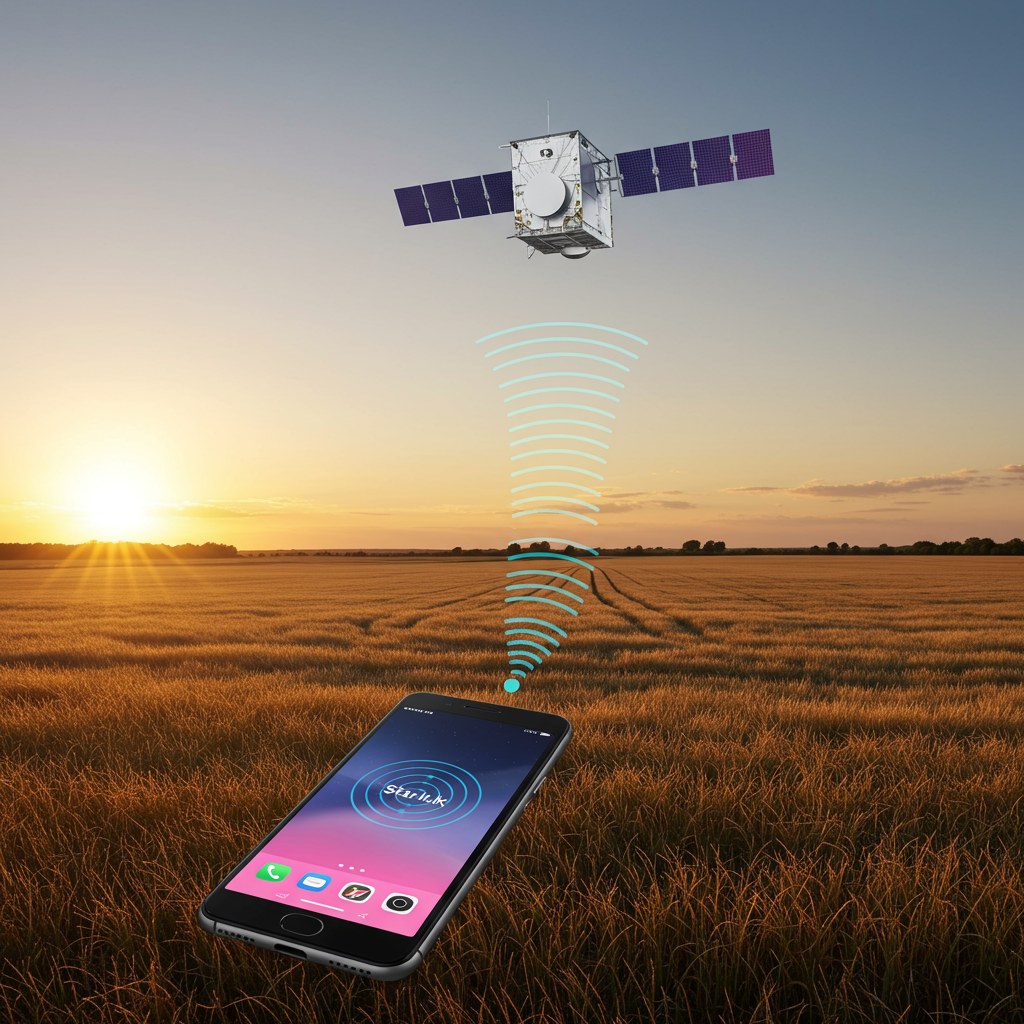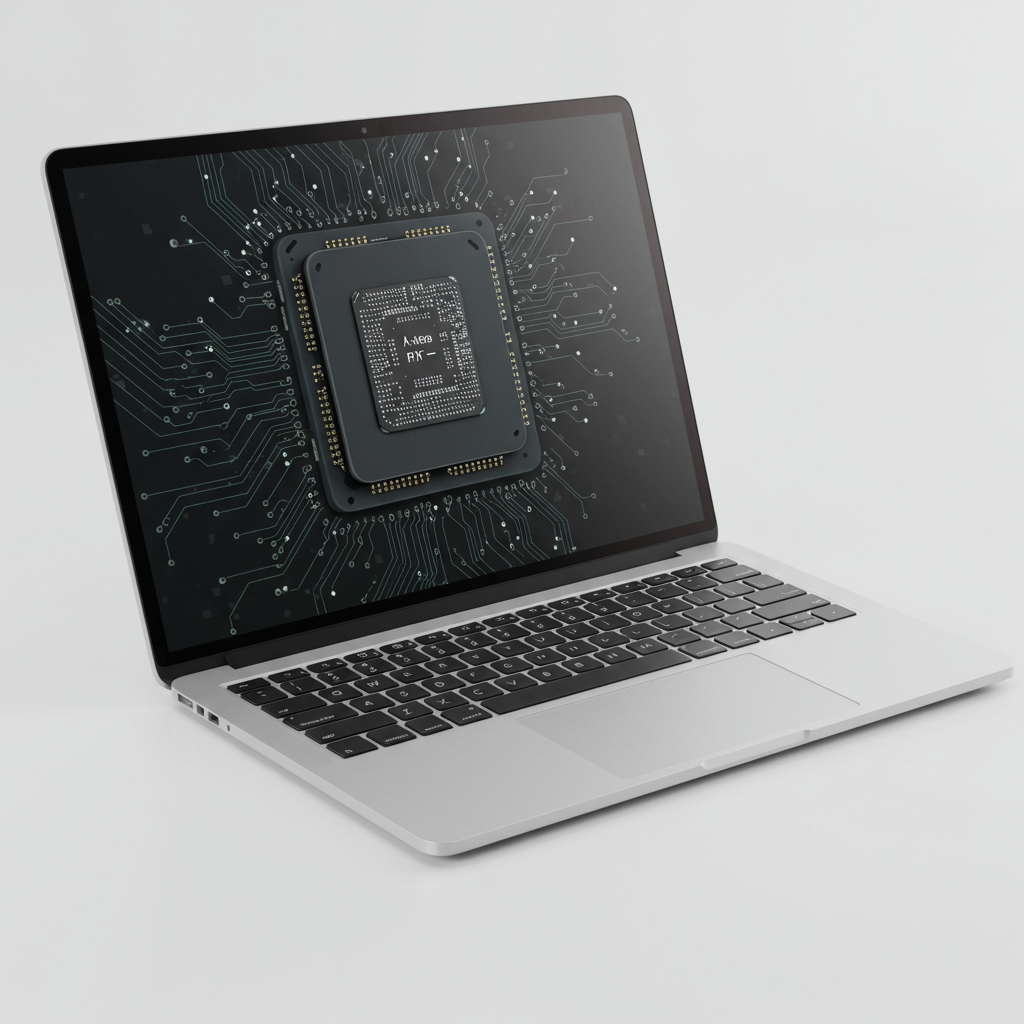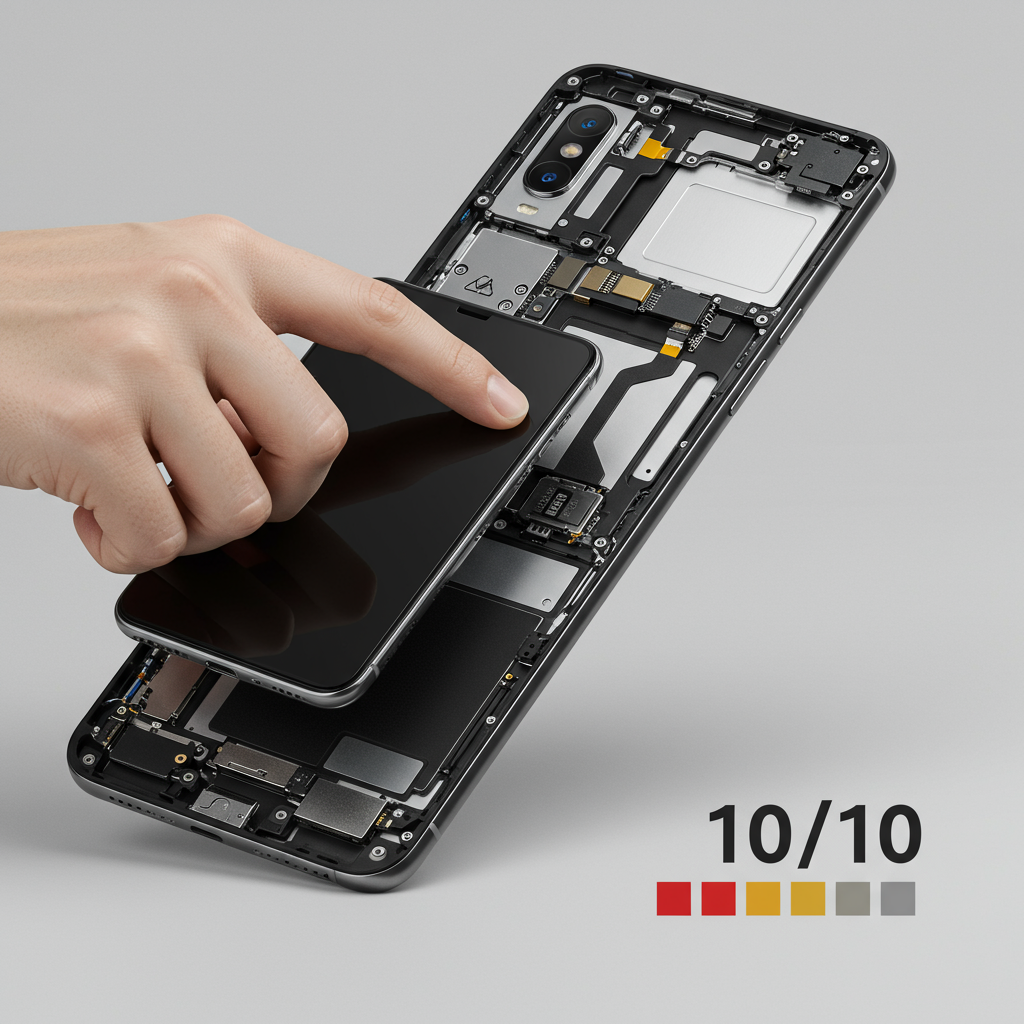Tired of dropped calls and “no service” messages in rural areas or during outdoor adventures? T-Mobile and SpaceX have launched a groundbreaking solution: the cellular Starlink service. This innovative partnership aims to eliminate mobile dead zones across the U.S., leveraging SpaceX’s advanced Starlink satellites to deliver essential connectivity directly to your smartphone.
Launched officially with paid service beginning July 23, this “direct-to-cell” technology transforms compatible phones into satellite-connected devices. There’s no need for bulky hardware or specialized antennas. This article explores everything you need to know about T-Mobile’s revolutionary satellite phone service, from how it works and what it costs to compatible devices and global availability.
Understanding T-Mobile’s Starlink Direct-to-Cell Service
At its core, T-Mobile’s cellular Starlink service, often dubbed “T-Satellite,” is designed to provide connectivity where traditional cell towers simply don’t exist. This includes vast expanses of rural land, remote wilderness, and areas affected by natural disasters. The system utilizes specially configured Starlink satellites in low-Earth orbit (LEO). These satellites act as orbiting cell towers, beaming data directly to unmodified smartphones on the ground.
SpaceX has already launched hundreds of these direct-to-cell capable satellites. Their LEO positioning significantly reduces latency compared to older satellite internet services. The seamless transition means your phone automatically connects to a Starlink satellite signal when it loses touch with a terrestrial cell tower. This ensures continuous communication, a game-changer for safety and convenience.
Who Benefits from Satellite Connectivity?
While urban dwellers may rarely encounter dead zones, the problem is widespread for those in rural communities or engaged in outdoor activities. T-Mobile’s cellular Starlink service is explicitly designed for these scenarios. It’s for:
Rural Residents: Bridging the digital divide for people living in remote areas with sparse cell coverage.
Outdoor Enthusiasts: Hikers, campers, and adventurers venturing off-grid can stay connected.
Emergency Situations: Providing a vital lifeline for 911 texting, even when conventional networks are down. T-Mobile has confirmed that 911 texting will be available to any compatible device, regardless of carrier or subscription, later this year.
Travelers: Offering peace of mind during road trips through remote stretches of highway.
“If you can see the sky, you’re connected,” T-Mobile emphasizes. This service activates when you enter a T-Mobile dead zone. It functions best with a clear view of the sky but can even work inside a car or with your phone in your pocket.
Getting Connected: Accessing Cellular Starlink
Accessing T-Mobile’s cellular Starlink service involves a straightforward process, though it varies slightly based on your current carrier.
For T-Mobile Subscribers:
Existing T-Mobile customers can purchase the service as an add-on. Those on premium plans, specifically Experience Beyond and Go5G Next, receive cellular Starlink as a complimentary perk. T-Mobile has also indicated that Experience More plan subscribers will enjoy free satellite service through the end of the year.
For Non-T-Mobile Subscribers:
Users on rival networks in the U.S., including AT&T and Verizon, can also subscribe. T-Mobile facilitates this through a digital eSIM slot on supported phones. This allows you to maintain your primary carrier while seamlessly switching to T-Satellite via the secondary eSIM when in a dead zone. However, non-T-Mobile customers might face a slight inconvenience. Unlike the beta program, which allowed online sign-ups, current access for non-T-Mobile users often requires calling the company or visiting a retail location. This suggests T-Mobile aims to encourage rival customers to switch.
The Beta Program Transition:
Before its official commercial launch, T-Mobile conducted a free beta program for its cellular Starlink service. This beta phase attracted millions of sign-ups. Beta users, including some AT&T and Verizon customers, were automatically enrolled in the paid service if eligible. T-Mobile notified these users in advance of the July 23 billing effective date. If you were a beta participant and wish to discontinue service, you can easily manage or remove it through your T-Mobile account.
What Can You Do with Cellular Starlink Today?
The initial capabilities of T-Mobile’s cellular Starlink service are focused on essential communication. Currently, the system primarily supports:
SMS Messages: Sending and receiving text messages.
Location Sharing: Transmitting your current location for safety or coordination.
Recently, the service began supporting MMS messages (allowing image sending) on certain Samsung and Motorola phones.
Looking ahead, T-Mobile has outlined a robust roadmap for expanding capabilities:
App Support: Starting October 1, T-Satellite will enable data transmission for a select group of third-party applications. This list includes popular apps from Google and Apple, AccuWeather for weather updates, and AllTrails for hiking guidance. The range of supported apps is expected to grow significantly over time.
Voice and Video Calls: A major long-term goal is to bring full voice and video calling functionality to the cellular Starlink system. This expansion, however, may require SpaceX to secure additional radio spectrum before it can be fully realized.
The service’s current focus on messaging and emergency services underscores its value as a crucial communication tool in areas without traditional cellular coverage.
T-Mobile Starlink Pricing and Plans
Understanding the cost structure of T-Mobile’s cellular Starlink service is straightforward. Pricing varies based on your existing T-Mobile plan and whether you are a T-Mobile subscriber at all.
For T-Mobile Subscribers on Premium Plans: If you are on the Experience Beyond or Go5G Next plans, the satellite connectivity is included for free as a premium perk. Additionally, customers on the Experience More plan will enjoy complimentary satellite service through the end of the current year.
For Other T-Mobile Subscribers: For other T-Mobile customers not on the aforementioned premium plans, the service costs $10 per month. This represents a significant decrease from earlier discussions, which suggested prices as high as $15 or $20 per month.
For Non-T-Mobile Subscribers: Customers on rival networks, such as AT&T and Verizon, who wish to use T-Mobile’s cellular Starlink service, will also pay $10 per month. This makes the service accessible across carriers, providing broader reach.
These competitive price points aim to make satellite connectivity a practical and affordable addition for anyone needing reliable communication in previously unconnected areas.
Compatible Devices: Which Phones Work?
A key advantage of T-Mobile’s cellular Starlink service is its broad compatibility with many existing smartphones. You won’t need to purchase a specialized satellite phone. The service works with nearly 60 phone models, including devices released as far back as 2021.
Specifically, supported devices include:
iPhone 13 and newer models (including Plus, Pro, and Pro Max variants, typically requiring iOS 18.3 or later for optimal network settings).
Samsung Galaxy S21 series and higher (including various Galaxy A, S, X Cover, Z Flip, and Z Fold models).
Google Pixel 9 phones (and potentially earlier Pixel models with the necessary software updates).
Motorola 2024 models (including razr, edge, and g series).
REVVL 7 phones.
T-Mobile collaborates closely with manufacturers like Apple and Google to integrate the satellite experience directly into phone operating systems. This ensures seamless functionality. Your phone must be “satellite optimized” and running the latest software updates for optimal performance. When connected via satellite, iPhones might display “SAT” instead of traditional signal bars. Expect T-Mobile to continually add more compatible phones over time.
Coverage and Global Availability
T-Mobile’s cellular Starlink service is specifically designed to cover cellular dead zones across the United States. T-Mobile provides an online coverage map for the U.S., where bright pink areas denote regions where the T-Satellite service should automatically activate. While highly effective, keep in mind that very small or narrow dead zones might still present challenges for a consistent connection.
Beyond the U.S., SpaceX is actively expanding its satellite direct-to-cell capabilities through partnerships with mobile carriers in other international markets. This global expansion signifies the widespread potential of this technology. Current and planned international partners include:
Canada: Rogers Communications offers a free beta program, with an official launch expected after October at CAD$15 per month.
New Zealand: Cellular Starlink is already available through One NZ.
Japan: KDDI plans to offer the service.
Peru and Chile: Entel is slated to provide the service.
Australia: Optus and Telstra are among the carriers planning to offer direct-to-cell service.
Switzerland: Salt is also listed as an initial launch partner.
This growing network underscores SpaceX’s ambition to provide global satellite connectivity for everyday smartphones.
T-Mobile Starlink vs. Other Satellite Services
While T-Mobile and SpaceX are leading the charge in direct-to-cell connectivity for unmodified smartphones, they are not alone in the satellite communications space. Other players are also developing or offering satellite-based services:
Apple’s Emergency SOS via Satellite: Available on iPhone 14 models and newer, this free feature partners with satellite provider Globalstar. It currently focuses on emergency SMS messages and location sharing, specifically for critical situations. Our testing indicates it performs competitively with T-Satellite for its intended purpose. It remains to be seen if Apple will continue offering this as a free perk or introduce charges later.
Verizon and Skylo: Verizon has been working with Skylo to enable free satellite messaging for supported phones, including models like the Pixel 9 and Samsung Galaxy S25. This collaboration offers a similar messaging-focused solution.
- AST SpaceMobile: This ambitious competitor is developing satellite connectivity designed to support more advanced functions like video calls and internet downloads. AST SpaceMobile aims for commercial services in early next year. They plan to partner with major carriers, including AT&T and Verizon, to offer their service. However, they need to launch more satellites to achieve widespread coverage and full functionality.
- www.cnet.com
- techhq.com
- www.satellitetoday.com
- www.techradar.com
- teslanorth.com
T-Mobile and SpaceX’s “Coverage Above and Beyond” initiative, powered by over 300 dedicated Starlink direct-to-cell satellites, positions them as frontrunners. They are the first to offer broad, mass-market consumer access to satellite messaging on standard smartphones in the U.S., making dead zones a thing of the past.
Frequently Asked Questions
What is T-Mobile Starlink, and how does it eliminate dead zones?
T-Mobile Starlink, also known as cellular Starlink or T-Satellite, is a direct-to-cell service that connects unmodified smartphones directly to SpaceX’s low-Earth orbit (LEO) Starlink satellites. These satellites act as “orbiting cell towers,” providing connectivity in areas where traditional ground-based cell towers do not exist or have no coverage. This technology eliminates “dead zones” by automatically switching your phone to a satellite signal when it loses a standard cellular connection, ensuring you remain connected for essential communication.
Which smartphones are compatible with T-Mobile’s Cellular Starlink service?
The service works with a wide range of modern smartphones, including most models released within the last four years. Specifically, this includes iPhone 13 and newer, Samsung Galaxy S21 and higher, and Google Pixel 9 phones, along with certain Motorola and REVVL models. To function optimally, phones need to be “satellite optimized” and running the latest software updates. For non-T-Mobile customers, an unlocked device with eSIM support is also required.
How much does T-Mobile Starlink cost, and is it available to non-T-Mobile customers?
For T-Mobile customers on Experience Beyond or Go5G Next plans, the service is free. Experience More plan subscribers receive it free through the end of the year. For other T-Mobile customers and all non-T-Mobile subscribers (e.g., AT&T, Verizon users), the service costs $10 per month. Non-T-Mobile customers access the service via a secondary eSIM, allowing them to use it in dead zones while retaining their primary carrier.
The Future of Connectivity
The launch of T-Mobile’s cellular Starlink service marks a significant leap forward in mobile connectivity. By transforming everyday smartphones into satellite-enabled devices, T-Mobile and SpaceX are not just expanding coverage; they are enhancing safety and convenience for millions. As the network of direct-to-cell satellites grows and capabilities expand to include voice and full data, the concept of “no bars” will truly become a relic of the past. This groundbreaking partnership is set to redefine what’s possible for staying connected, wherever life takes you.




